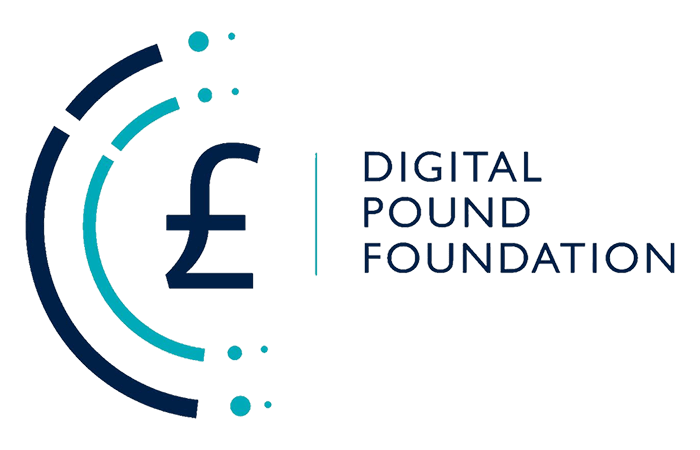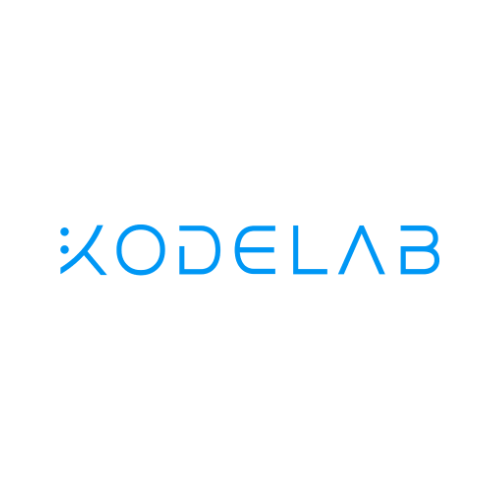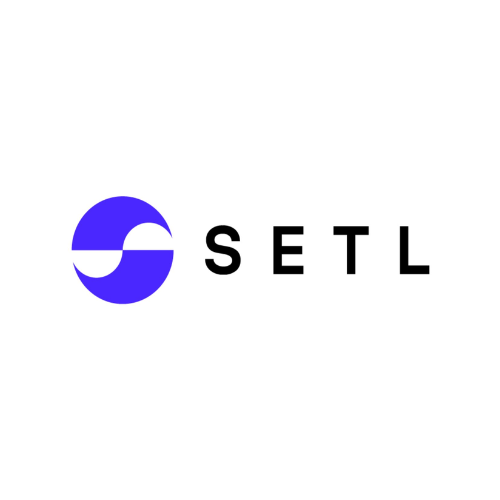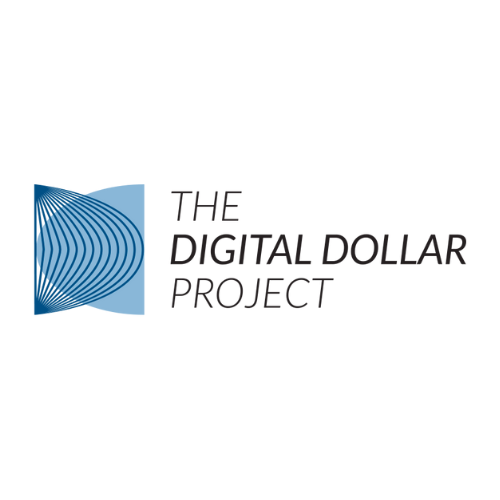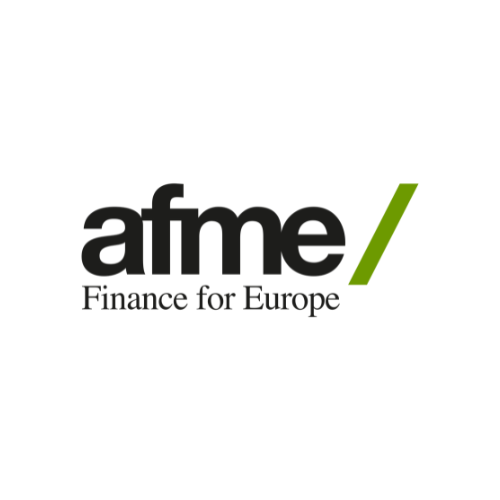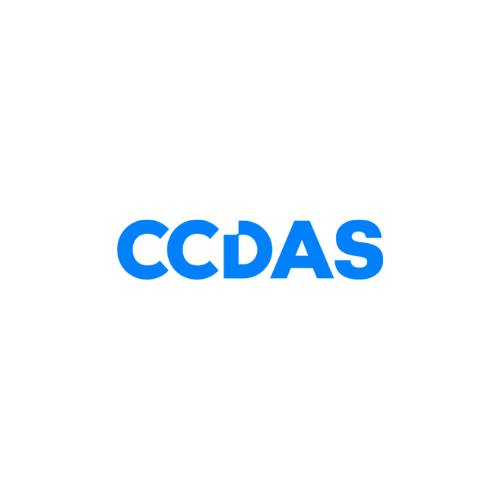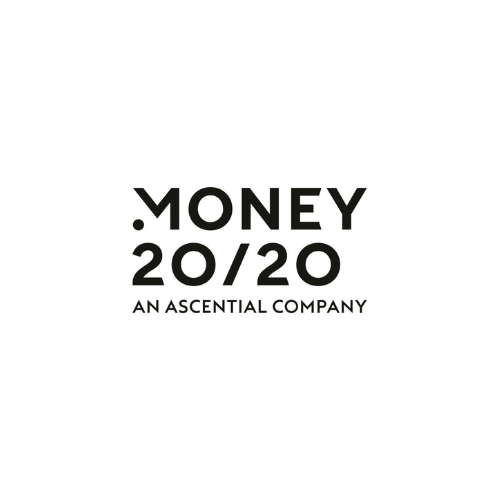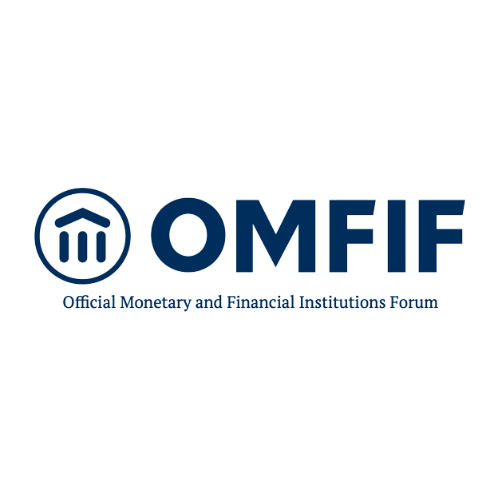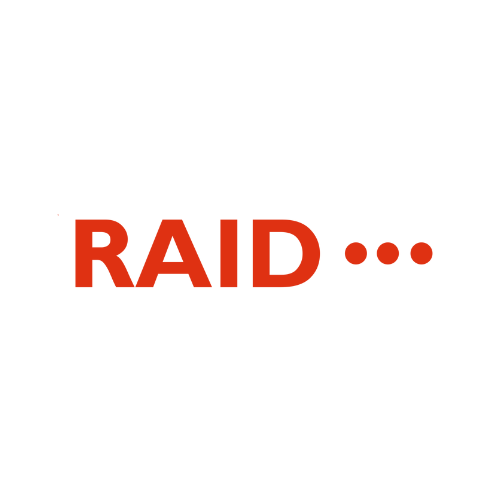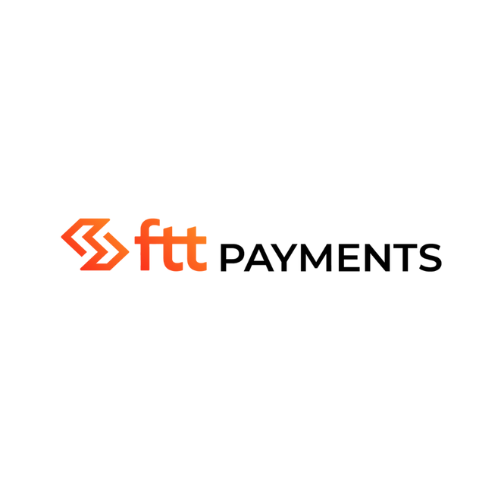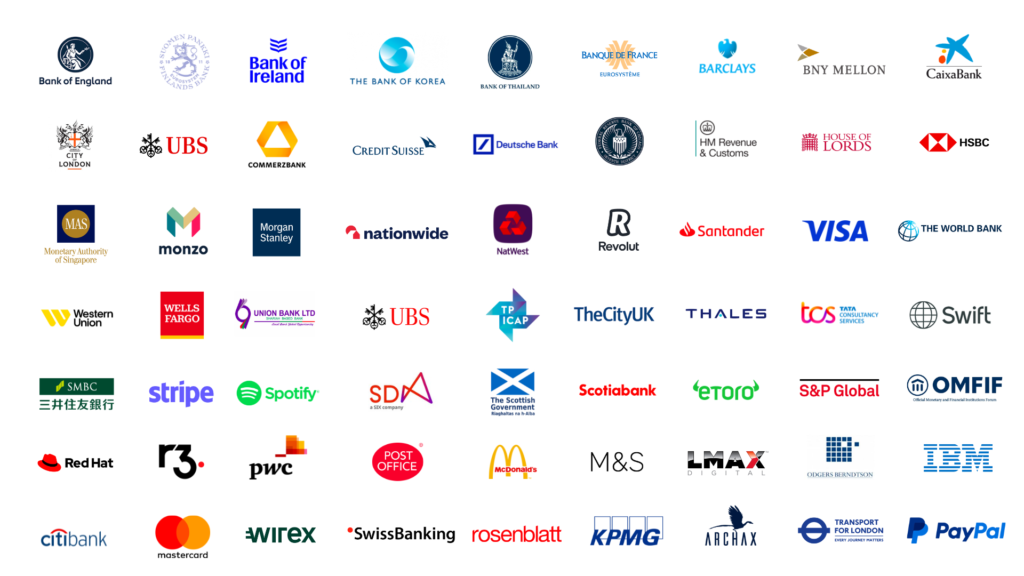Source: Ledger Insights
Last week the Swiss National Bank (SNB) outlined its Swiss payments vision. The central bank has already conducted various wholesale central bank digital currency (CBDC) tests. Now it plans to issue a real wholesale CBDC on the SIX Digital Exchange (SDX) for a limited time. It is also exploring a private token backed by central bank reserves as a potential solution for settling financial transactions. While this sounds similar to a stablecoin, the central bank did not use that term.
The planned wholesale CBDC pilot is the latest iteration of Project Helvetia. This involves SDX, the Swiss regulated DLT-based exchange and central securities depository (CSD), and in the second iteration, five banks participated: Citi, Credit Suisse, Goldman Sachs, Hypothekarbank Lenzburg and UBS.
For settlement, Helvetia initially explored integration with the main Swiss real time gross settlement (RTGS) system SIC, which also happens to be operated by the SIX group. But the trials were then expanded to include a wholesale CBDC on the test version of SDX as the settlement asset for tokenized securities transactions.
Now the SNB wants to explore further operational aspects by issuing a live wholesale CBDC onto the SDX network for a limited period to support transaction settlement “so that the SNB could issue wholesale CBDC for settlement purposes in the future if necessary”.
However, it was keen to emphasize this should not be construed as a plan to do so.
Private settlement token backed by central bank reserves
Additionally, the SNB wants to explore using private money as a settlement asset for tokenized transactions. The central bank avoided using the term ‘stablecoin’ but instead referred to a ‘private Swiss franc token money’ that would be one-to-one backed by sight deposits at the central bank. Its goal is to have a comparable risk profile to central bank money. This sound similar to the UK’s Fnality, a token-based payment infrastructure financed by 17 institutions, where central bank deposits back the settlement token.
Underpinning the Swiss payments vision are three principles that the SNB believes are needed for a trustworthy payment system:
- the dovetailing of private money and central bank money
- systemically important payments should be settled in central bank money
- integration / interoperability between payment systems, payment solutions and different forms of money.
On the latter point, unless DLT applications remain niche, the central bank sees it as important that integration and interoperability are enabled between tokenized money and current payment systems. Otherwise, it could result in fragmentation and threaten the unity of the Swiss franc.
The talk was given by SNB alternate board member Thomas Moser and board member Andréa M. Maechler who is taking up the role of Deputy General Manager of the BIS in September.
Meanwhile, the SNB is also involved in Project Mariana with France and Singapore, which uses DeFi-style automated market makers (AMM) for foreign exchange transactions as part of cross border CBDC trials. The potential advantage of the combination of CBDC and DeFi is it enables 24/7 transactions.
